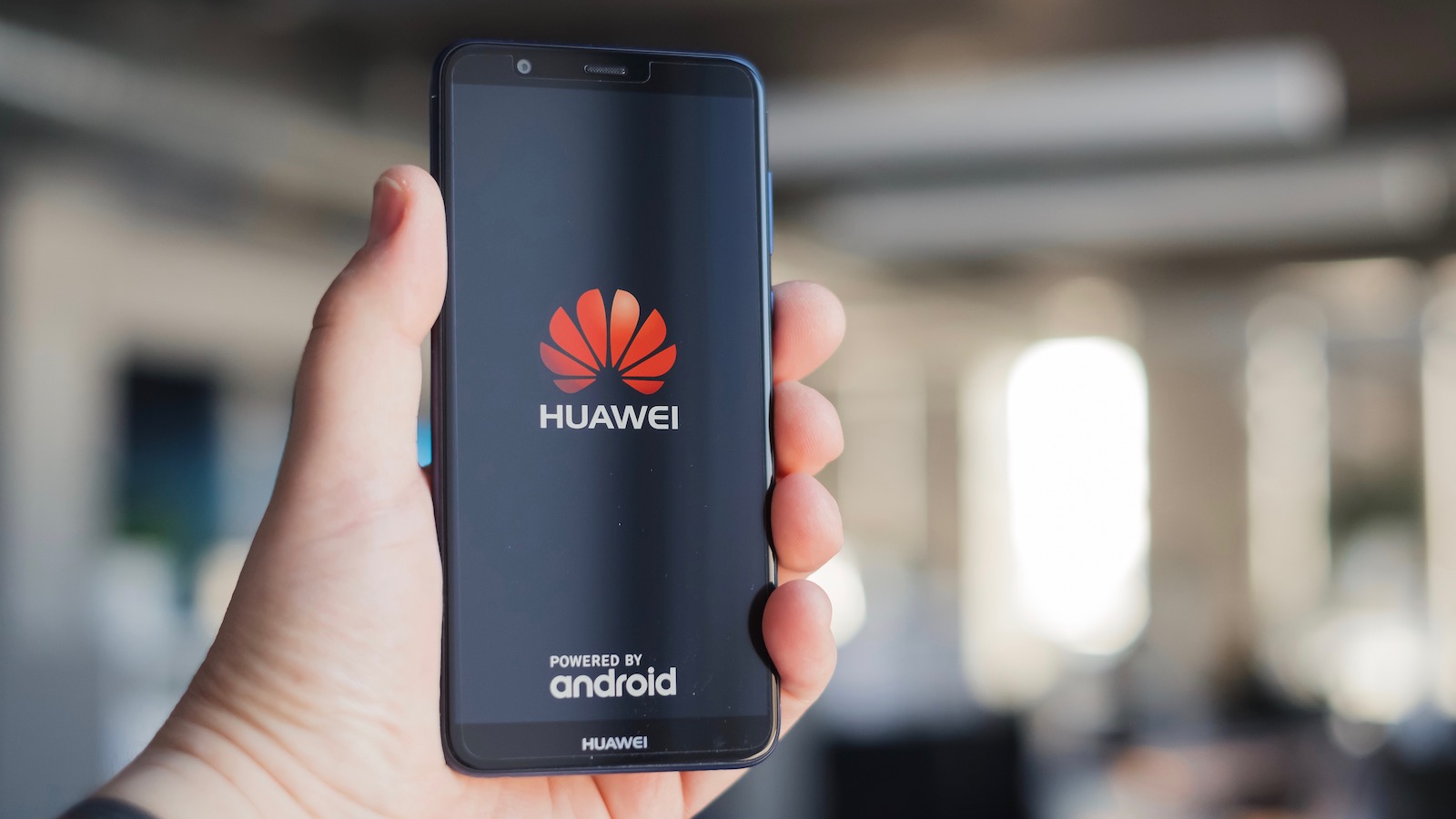
Background: The Need for HarmonyOS
In 2019, the US government imposed sanctions on Huawei, cutting off access to Google's Android operating system. This move aimed to restrict Huawei's global operations due to national security concerns. In response, Huawei began developing its own operating system, HarmonyOS, to maintain control over its software ecosystem and ensure device functionality.
Initially designed for Internet of Things (IoT) devices, HarmonyOS later adapted to run on smartphones and other hardware. The OS aimed to provide a unified experience across various devices, similar to Google's Android. However, Huawei continued to develop HarmonyOS Next, aiming for independence from both Android and the Linux kernel.
Features of HarmonyOS Next
Kernel Independence
One of the standout features of HarmonyOS Next is its self-developed kernel, which does not rely on Linux. This allows Huawei full control over the operating system's core functionality, enhancing security and performance. The kernel is claimed to be three times more efficient than traditional Linux kernels, reducing power consumption and improving device performance.
Native App Ecosystem
HarmonyOS Next will no longer support Android apps, focusing instead on developing a robust ecosystem of native applications. This shift requires significant effort from developers, but Huawei has already made substantial progress. Over 1,500 apps have been launched for HarmonyOS Next, with another 5,000 in development.
Developer Support
Huawei actively engages with developers to ensure a smooth transition to HarmonyOS Next. The company has promised to train millions of developers and secure thousands of native apps for the OS. This extensive developer support is crucial for building a robust app ecosystem that can compete with Android and iOS.
Unified Experience
HarmonyOS Next aims to provide a unified experience across various devices, including smartphones, smart wearables, tablets, headphones, smart driving vehicles, and smart home solutions. This unified experience is designed to make it easier for users to manage their devices seamlessly, regardless of the type of device they are using.
Implications for Huawei's Ecosystem
Global Market Expansion
While HarmonyOS Next initially targets the Chinese market, Huawei plans to expand its reach globally. The company aims to move from using Android-based EMUI for phones in the global market to HarmonyOS Next. This shift could potentially make Huawei's devices more appealing to users who prefer a locally developed operating system.
App Ecosystem Development
The discontinuation of Android app support means that Huawei must focus on developing its own native apps. This process is already underway, with over 1,500 apps launched and another 5,000 in development. The success of this effort will be crucial in determining how well HarmonyOS Next can compete with established ecosystems like Android and iOS.
Government Support
Huawei has received significant support from the Chinese government, which has encouraged the use of locally developed technology. This support could potentially make HarmonyOS Next a de facto standard in China, especially among government agencies.
Challenges and Uncertainties
Developer Base
Most developers participating in the HarmonyOS Next ecosystem belong to China. This raises questions about how Huawei will transition its global devices to the new OS and whether it can attract a significant number of global developers to support its ecosystem.
Global Adoption
While HarmonyOS Next has shown promise in the Chinese market, its adoption globally remains uncertain. Huawei will need to convince global consumers that its new OS is reliable and offers better performance compared to established options like Android and iOS.
Ecosystem Integration
Building a robust ecosystem requires not only native apps but also integration with various services and tools that users expect from their operating systems. Huawei has promised to include basic apps like maps, photo management, and calculators but will need to ensure seamless integration with other services to provide a comprehensive user experience.
Future Prospects
Huawei's break from Android represents a significant strategic move aimed at ensuring the company's independence in the face of geopolitical challenges. HarmonyOS Next, with its self-developed kernel and focus on native app development, offers a promising alternative to traditional operating systems. However, the success of this transition depends on several factors, including the ability to attract global developers, ensure seamless integration with various services, and convince consumers of its reliability and performance.
As Huawei continues to develop and refine HarmonyOS Next, it is clear that the company is committed to building a robust and independent software ecosystem. The future of Huawei's devices will likely be shaped by this new operating system, and whether it can achieve widespread adoption remains a topic of ongoing interest and speculation in the tech industry.
